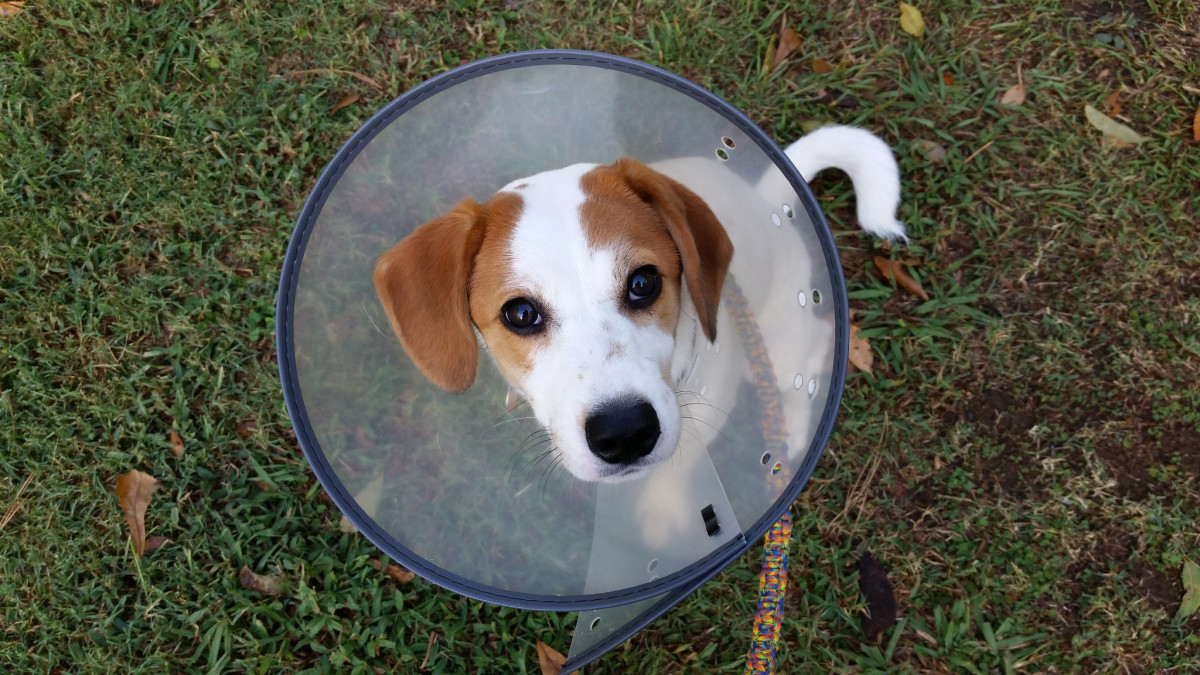Table of Content
If there is pus from the wound, clean it with a moist cotton ball or gauze pad. Like humans, your dog has an endocannabinoid system that regulates other systems in their body, including the skin. The ECS produces endocannabinoids, which help transmit messages between various cells.

Once the sore has been healed, it’s essential to address what could have caused the excessive scratching in the first place. Below is a list of common reasons dogs scratch themselves until a hot spot develops. You’ll notice the hot spot on your dog tends to stay moist.
Preventing Further Injury
Identifying and addressing the underlying cause of your dog’s hot spot is one of the most important factors in preventing future skin problems. If your dog’s hot spots are very itchy and irritating, apply a cool compress to help alleviate the intense itching. Use an antibacterial soap on the wound and wash it once daily. Baby shampoo provides a gentle cleansing effect and helps soothe the irritated skin and prevent further scratching and damage to the area.
Unfortunately, your dog’s hot spot will not typically go away independently and often worsen if left untreated. This is especially true because dogs typically have a hard time leaving irritated skin alone. It is often easier to prevent hot spots than to treat them, so keeping your dog free from irritation is an important consideration if you want to avoid hot spots.
Are hot spots on dogs contagious?
Our food grade diatomaceous earth comes from the finest... This keeps your dog from having a ready way to scratch the area and spread the infected discharge. To avoid accidentally cutting your dog's skin, don't cut too close to the skin itself and instead leave a quarter inch of stubble. The weather gets chilly, and all of a sudden, it seems like everyone is catching a cold. But it’s not just humans—our furry companions get sick this time of year, as well. Treating fleas with preventative medication can prevent flea bites and flea dermatitis.
No matter what caused the hot spots, treatment is necessary to help heal the skin and relieve the itching. Along with medications prescribed by your vet, there are many alternative remedies for treating hot spots that can help control the problem. Poor grooming could lead to more than just hot spots in your dog.
Dog Accessories
Many skin problems are so serious that they require intensive veterinary care. If you want to try to treat it at home, it is likely safe and effective to do so. Just be sure to get help from your vet if you are not able to cure it using the methods described above, or if it keeps coming back despite your best efforts.

They can begin as a small patch of red and balloon to the size of a frisbee. How spots occur on the base of the tail, As a hot spot heals, it will shrink in size, change color, and eventually fully heal. After applying vinegar or tea, sprinkle corn starch over the area to keep the wound as dry as possible. This is not as important as taking care of the dog's infection, but it will make them a little more comfortable. Steep a bag of black tea and allow the bag to cool completely.
Treatment Options For Hot Spots On Dogs
We urge you to find a local raw food diet that you like and try that. The symptoms of a dog with a hot spot are fairly obvious. Any skin lesion that results from constant licking, biting or scratching of one area can be referred to as a hot spot. After this, you could try carefully washing the area with warm water and then drying it gently with a clean cloth. It is also a great idea to do all you can to stop your dog from biting or licking the area with hot spots. This is usually done with a plastic cone or Elizabethan collar.
Hot spots are typically well-defined areas of redness, swelling, and hair loss. They can occur anywhere, but are most commonly seen on the head, limbs, and hips. The affected area is moist and may discharge pus or fluid, which can lead to crusting and matting of the surrounding hair.
First, clean the hot spot with a mild soap and cool water. Apply a cold compress to the hot spot for minutes, 3-4 times per day. You can also give your dog an antihistamine if you believe he is allergic to something. If the hot spot is infected, you may need to apply an antibiotic ointment or cream.

The best ways to avoid a hot spot are to keep your pets hair coat clean and dry and use an e-collar to physically prevent him from continuing to lick an itchy spot, Rebello says. As much as your dog hates it, the cone or Elizabethan collar is a must-wear when managing hot spots. This is because dogs are unlikely to follow the vets advice and, unless prevented, will keep messing with the open sores. Many over-the-counter products are available, including ointments and hot spot spray for dogs, but its best to consult your veterinarian for a comprehensive treatment plan. Symptoms include your dog always licking his paws, or hips or chewing on himself.
Apply the paste on the hot spots and leave it on for 30 minutes before rinsing it off. Hot spots in dogs are painful, itchy and often seem to pop up overnight. Also, you will probably notice your dog obsessively itching, licking and biting at the area.

No comments:
Post a Comment